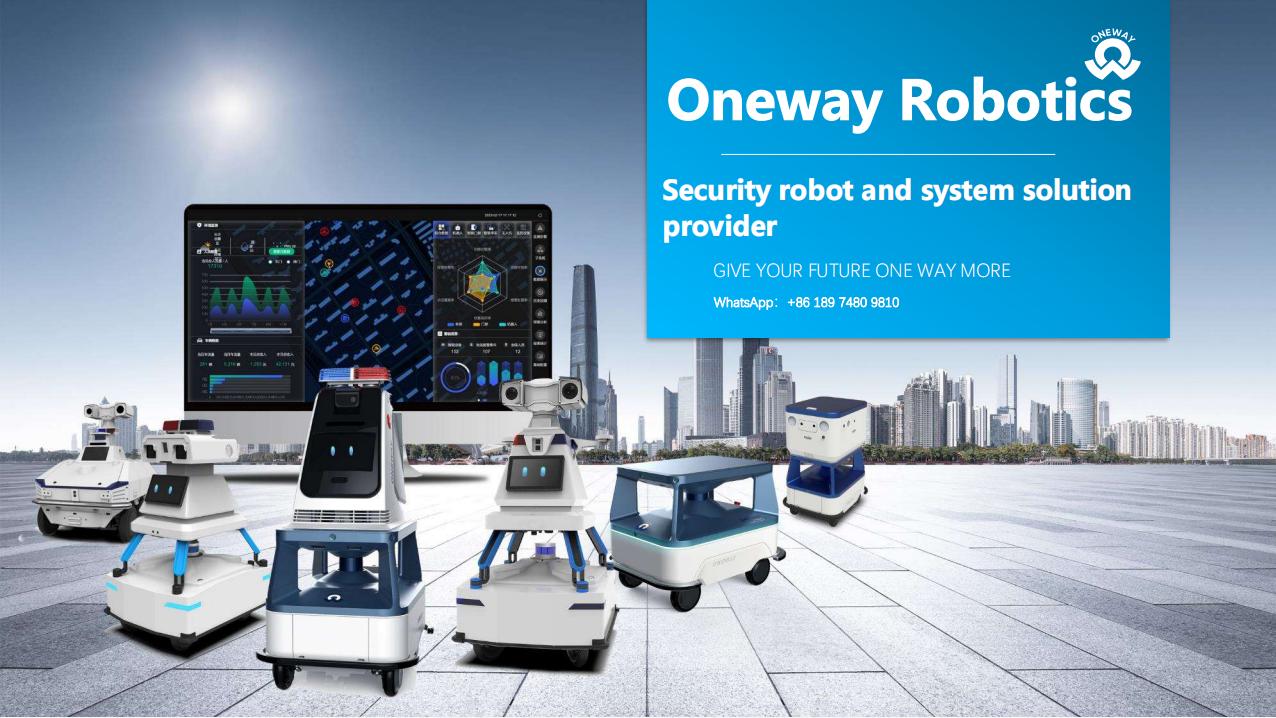In today’s fast-paced industrial environment, efficiency and precision are more critical than ever. One technology that has been at the forefront of revolutionizing material handling and logistics is the Automated Guided Vehicle (AGV). These advanced machines are transforming how warehouses and factories operate, providing a reliable, cost-effective solution for material transport.
Table of Contents
ToggleWhat Are AGVs?
Automated Guided Vehicles are mobile robots used for transporting goods within a facility. They follow predetermined paths or use sophisticated navigation systems to move around without human intervention. AGVs are equipped with sensors, cameras, and software that allow them to safely navigate complex environments.
Benefits of AGVs
Increased Efficiency: AGVs can operate 24/7, reducing the need for human labor and significantly increasing throughput. They minimize downtime and can work continuously without breaks, leading to enhanced productivity.
Enhanced Safety: By automating material handling tasks, AGVs reduce the risk of workplace accidents. They are programmed to detect obstacles and avoid collisions, ensuring a safer working environment for human employees.
Cost Savings: Although the initial investment in AGV technology can be substantial, the long-term savings in labor costs and increased operational efficiency often result in a favorable return on investment.
Flexibility and Scalability: AGVs are versatile and can be easily reprogrammed or relocated to meet changing operational demands. As businesses grow, AGV systems can be scaled up or adjusted without significant disruptions.
Improved Accuracy: With their advanced navigation systems, AGVs reduce the likelihood of errors in material transport, ensuring that goods are delivered to the correct location every time.
Applications of AGVs
AGVs are used in a wide range of industries, including:
- Manufacturing: Transporting raw materials, parts, and finished products between production lines.
- Warehousing: Efficiently managing inventory movement and order fulfillment.
- Healthcare: Delivering supplies and medication within hospitals.
- Automotive: Moving parts through assembly lines in car manufacturing plants.
Future of AGVs
As technology continues to advance, AGVs are becoming smarter and more adaptable. Developments in artificial intelligence and machine learning are enabling AGVs to operate with greater autonomy, navigate more complex environments, and learn from their surroundings. The future of AGVs is promising, with the potential to further enhance the efficiency and safety of material handling processes.
In conclusion, AGVs are revolutionizing the logistics and manufacturing sectors by offering a reliable, efficient, and safe solution for material handling. As businesses strive to remain competitive, adopting AGV technology could be a key step towards achieving operational excellence.








